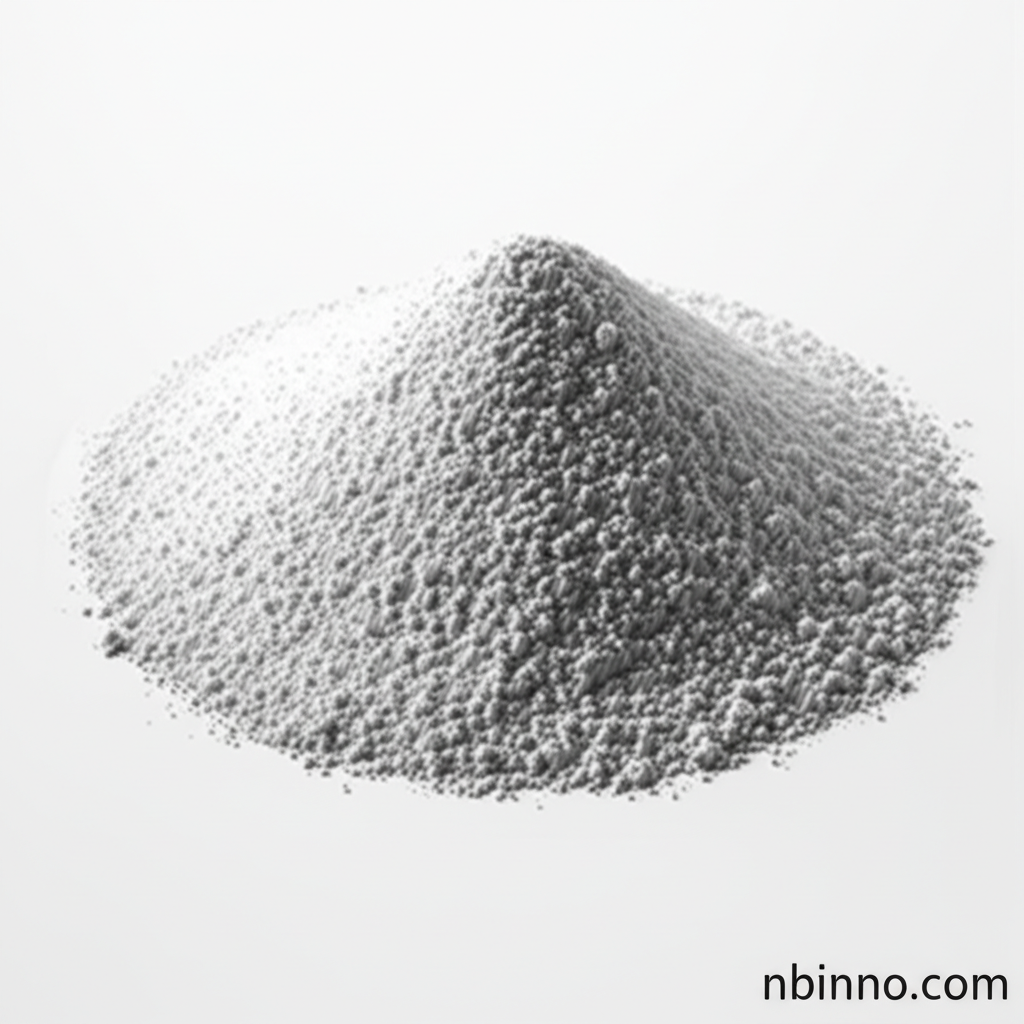3-(Trihydroxysilyl)propanesulfonic Acid: Properties, Applications, and Chemical Insights
Discover the versatile applications and key properties of this vital chemical intermediate for advanced material science.
Get a Quote & SampleProduct Core Value

3-(Trihydroxysilyl)propanesulfonic Acid
This compound serves as a crucial building block for advanced materials, bridging organic and inorganic chemistry. Its unique structure, featuring both trihydroxysilyl and propanesulfonic acid groups, enables diverse chemical reactions and material modifications. It is a key player in developing novel materials for energy storage and nanotechnology applications.
- Explore the synthesis of 3-(Trihydroxysilyl)propanesulfonic acid to understand its production and availability for your research needs.
- Discover the diverse 3-(Trihydroxysilyl)propanesulfonic acid applications, from creating nanoscale ionic silicas to enhancing fuel cell electrode performance.
- Learn about the critical CAS 70942-24-4 uses, highlighting its importance as a fine chemical intermediate in various scientific fields.
- Understand the role of silane coupling agents for materials in improving adhesion and performance, with this compound being a prime example.
Key Advantages
Versatile Chemical Reactivity
The dual functionality of the silane and sulfonic acid groups allows for a wide range of chemical modifications, making it an excellent choice for material synthesis.
Enhanced Material Performance
When used as a surface modifier, it can significantly improve properties like conductivity and adhesion, crucial for applications in advanced fuel cell electrodes preparation.
Foundation for Nanotechnology
Its utility in ionic silica synthesis chemical processes positions it as a vital component in the development of next-generation nanomaterials.
Key Applications
Nanoscale Ionic Silicas
Facilitates the creation of unique silica-based nanoparticles with controlled ionic properties for advanced material science research.
Sulfonated Fuel Cell Electrodes
Crucial for developing highly efficient and durable proton exchange membranes for next-generation fuel cell technologies.
Advanced Material Synthesis
Acts as a key building block for functional polymers, coatings, and composites, enhancing their performance characteristics.
Chemical Intermediate Role
Serves as a critical intermediate in the synthesis of various complex organic and inorganic compounds, supporting broad chemical research.
